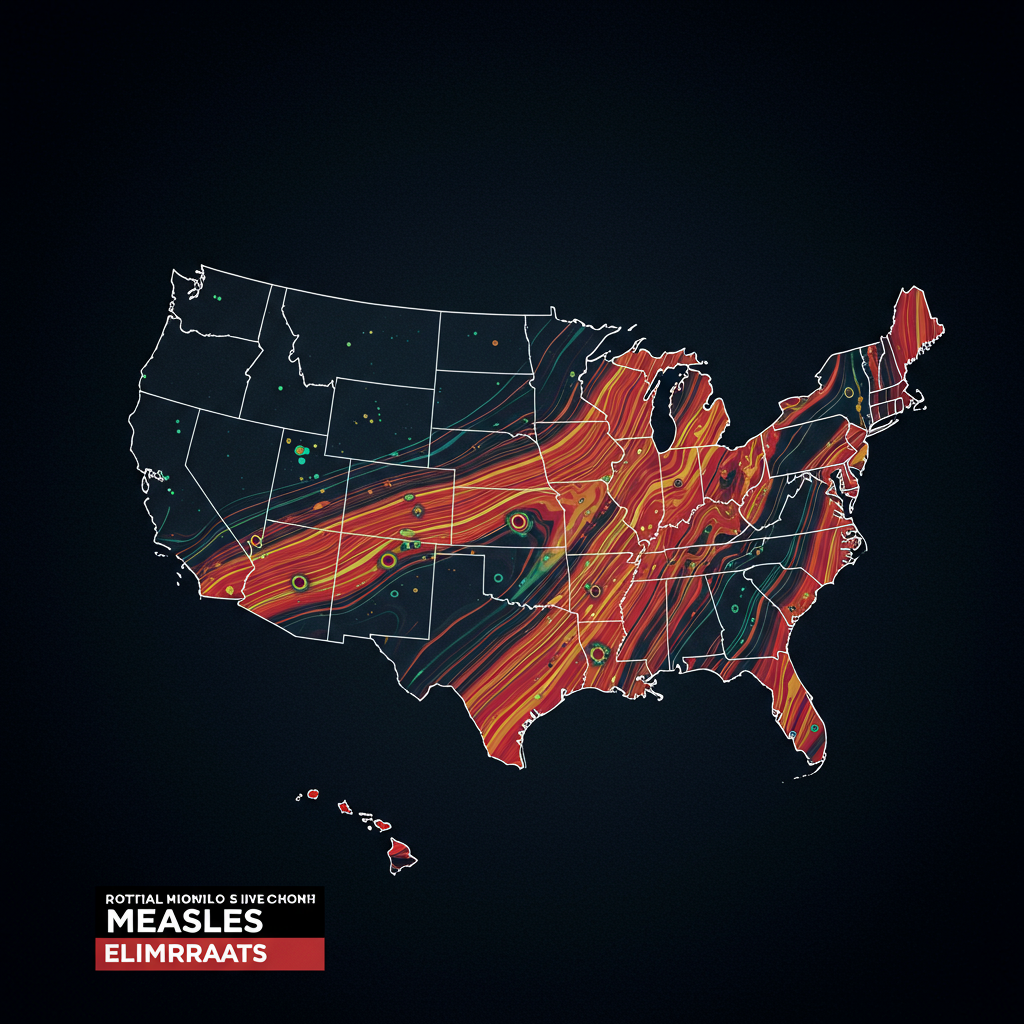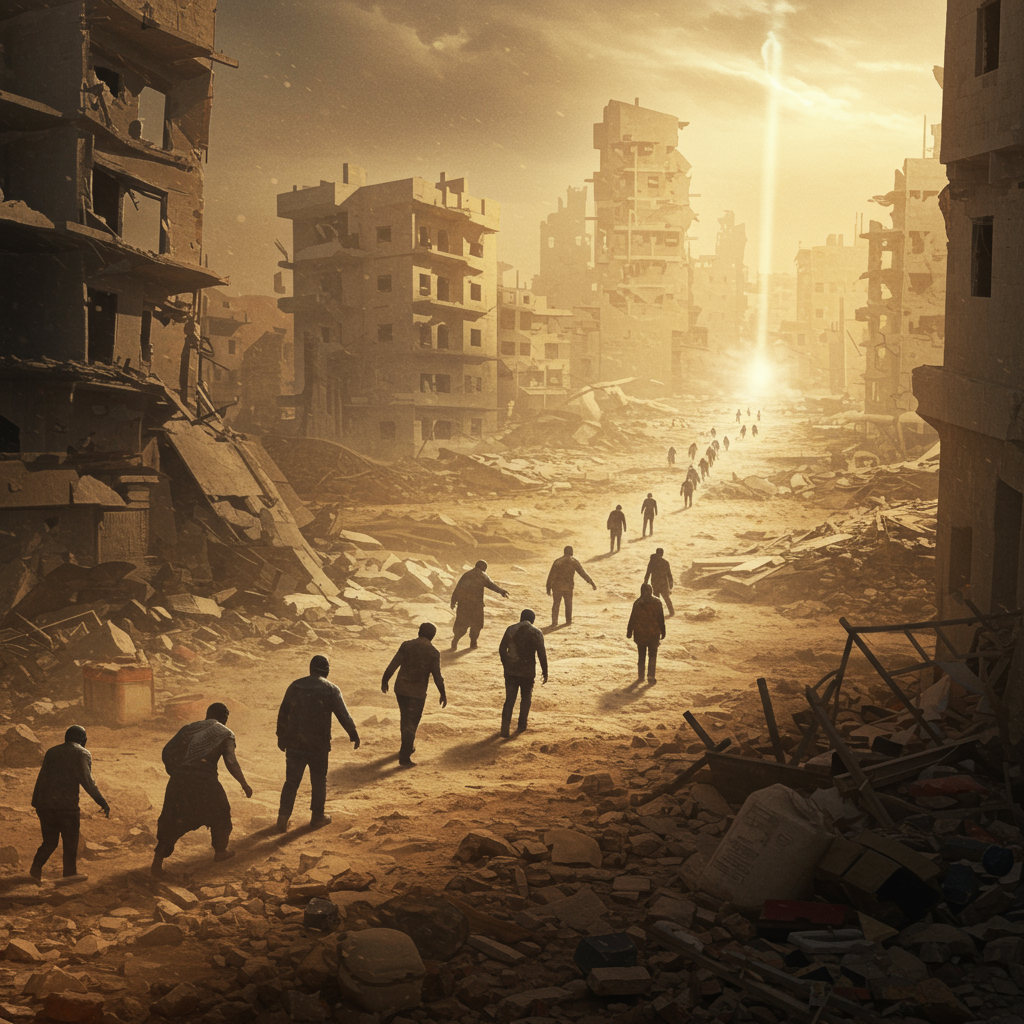Intense aerial battles are rocking the ukraine war front, with both russia and Ukraine trading long-range drone attacks. Amidst this escalating conflict now in its fourth year, Russian President Vladimir Putin has surprisingly stated Moscow is ready for a fresh round of direct peace talks. This development comes as officials from both nations reportedly discuss potential meeting timings in Istanbul.
Despite the talk of diplomacy, the fighting shows little sign of easing. The exchange of sophisticated drones has become a defining characteristic of the prolonged conflict.
Escalating Aerial Warfare Takes Heavy Toll
The skies over Ukraine and parts of Russia have become a dangerous arena. Ukrainian officials reported a massive overnight assault by Russia, involving hundreds of drones and missiles. According to Ukrainian military sources, this unprecedented attack utilized 537 aerial weapons, including 477 drones and decoys, alongside 60 missiles.
Ukraine’s air defenses battled to repel the onslaught. They claimed to have intercepted 249 of these assets. Another 226 were reportedly lost, likely due to electronic countermeasures. Specific missile types included Kinzhal, Iskander, Kh-101/Iskander-K cruise missiles, Kalibr cruise missiles, and S-300 anti-aircraft missiles. While Ukraine reported downing many, some reportedly reached their targets or disappeared from radar.
Fierce Exchanges Over Key Regions
This vast Russian aerial assault targeted regions across Ukraine, extending even to western areas far from the front lines. The attacks resulted in casualties and damage. Reports detailed one fatality from a drone strike in Kherson. Six people, including a child, were wounded in Cherkasy.
Meanwhile, Russia also reported significant incoming Ukrainian drone activity. Russia’s Defense Ministry claimed downing 39 Ukrainian drones overnight across several regions. These included 19 over the Rostov region and 13 over the Volgograd region, both located east of Ukraine.
Ukrainian forces later claimed a significant strike deep inside Russia. Ukraine’s General Staff reported destroying four military aircraft stationed at the Marinovka airfield in the Volgograd region. This mission reportedly involved Special Forces and intelligence units. A preliminary assessment stated four Su-34 aircraft and a technical servicing unit were destroyed. The Associated Press could not independently verify this claim, and Russian officials did not immediately comment on the Marinovka airfield incident, though the Volgograd governor confirmed the region’s Kalanchyovsky district, where the airfield is located, was targeted by drones.
The surge in aerial attacks is part of an ongoing pattern. The Ukrainian air force previously noted that Russia launched 363 Shahed and decoy drones, plus eight missiles, on a separate recent occasion. Ukrainian defenses reportedly stopped all but four of these drones and downed six cruise missiles. On another night, Ukraine claimed 359 incoming drones were intercepted or electronically jammed.
A War Defined by Drones
Drones, particularly long-range variants, have fundamentally reshaped the conflict landscape. Both sides are in a race to develop and deploy increasingly sophisticated and deadly unmanned aerial vehicles. This has effectively turned the war into a significant testing ground for new drone technology.
Russia manufactures Shahed drones based on an original Iranian design. Thousands are produced at a plant in Tatarstan, and Russia has incorporated its own upgrades, including larger warheads. These “suicide drones” nosedive into targets and explode upon impact. Their persistent buzzing can be unnerving for those on the ground.
Outnumbered and outgunned by its larger neighbor, Ukraine has also rapidly developed its own cutting-edge drone capabilities. This includes long-range sea drones and advanced aerial interceptors. Ukraine is now deploying these domestically developed interceptor drones as a countermeasure against Russian combined missile and drone attacks, shifting away from sole reliance on ground-based mobile teams. Ukrainian drones have achieved notable successes, reportedly damaging or destroying a significant portion of Moscow’s strategic bomber fleet in a covert operation earlier in June using cheaply made drones.
Smaller, short-range drones are also extensively used by both armies along the roughly 1,000-kilometer (620-mile) front line. Fitted with cameras, these provide real-time battlefield views for targeting. Sadly, these drones have also struck civilian areas. A UN report documented that short-range drone attacks killed at least 395 civilians and injured 2,635 between the start of the war and April of the previous year. The report noted that nearly 90% of these civilian casualties resulted from attacks by Russian forces. Such strikes inflict fear and disrupt daily life by limiting movement and access to essential services like food and medical care.
Diplomatic Signals Amidst Intense Fighting
Against the backdrop of these violent exchanges, Vladimir Putin made comments suggesting a path towards dialogue. Speaking to reporters during a visit to Belarus, Putin stated that Moscow is “ready” for a new round of direct peace talks. He indicated that Russian and Ukrainian officials are currently discussing the potential timing for a meeting, possibly to be held in Istanbul.
Putin mentioned that the terms of a potential ceasefire are expected to be on the agenda for these discussions. This is noteworthy, as the Kremlin has previously seemed to effectively reject ceasefire terms.
Significant Hurdles Remain for Peace
Despite Putin’s statement, major obstacles stand in the way of any breakthrough. Previous international peace efforts and rounds of talks, including two recent brief sessions in Istanbul, have yielded no progress on reaching a settlement, leading only to prisoner exchanges. Months-long US-led international efforts have similarly failed to produce tangible results towards ending the conflict.
A key point of divergence remains the format of future talks. Ukraine’s Defense Minister Rustem Umerov stated that Kyiv wants the next step to be a direct meeting between Ukrainian President Volodymyr Zelenskyy and Putin. However, Putin’s recent comments cast doubt on this possibility. The Russian leader reiterated his position that a summit meeting should only take place after the main provisions of a peace deal have been agreed upon. He suggested this agreement process could take “months or years.”
Adding further complexity, Putin repeated his claim that Zelenskyy lost his legitimacy after his presidential term expired last year. This allegation is firmly rejected by Kyiv and its international allies.
Broader Context and International Reaction
The intensifying conflict and the tentative talk of peace occur within a wider geopolitical context. Russia’s Foreign Minister recently asserted that NATO’s decision to increase defense spending could be “catastrophic” for the alliance.
On the ground, Ukrainian officials report intense fighting continues in key areas like Pokrovsk in the Donetsk region. Despite concentrating significant troops and weapons there for nearly a year, Russia has reportedly failed to capture the town. Conversely, Ukraine claims its defensive operations have been successful in areas like the northeastern Sumy region, preventing Russia from redeploying approximately 50,000 troops, including elite units, elsewhere along the front lines. Ukraine also stated its ongoing “Kursk operation” continues to fulfill its objectives.
In occupied territories, Putin spoke about the future development of the four Ukrainian regions illegally annexed by Russia in 2022 (Zaporizhzhia, Kherson, Donetsk, and Luhansk). He claimed “smooth, methodical work” is underway to develop these areas, emphasizing the need to “fully unlock and realise this enormous potential” and for Russian people to see “tangible improvements” to encourage settlement.
While Russia claimed capturing the village of Dachne in the Dnipropetrovsk region, marking a potential first in that area, Ukraine’s center for countering disinformation contested this, stating fighting was difficult but no breakthrough had occurred.
International partners continue to support Ukraine. Germany’s Foreign Minister visited Kyiv, pledging continued aid including modern air defense systems and other weapons. Germany is aiming to help Ukraine manufacture more weapons quickly to strengthen its position in potential peace talks. The minister dismissed Putin’s peace talk as “pure mockery” while confirming Germany’s support for Ukraine developing its own long-range missile systems, though it has not approved sending its own Taurus missiles.
Adding another layer to the complex dynamics, North Korean state media showed images of Kim Jong Un with coffins draped in flags, interpreted as repatriating soldiers killed fighting for Russia in Ukraine. This follows North Korea confirming troop deployments to assist Moscow, underpinned by a strategic partnership treaty signed last summer.
Frequently Asked Questions
What were the key features of Russia’s recent large-scale aerial attacks?
Recent Russian aerial assaults have involved an unprecedented scale, with one major attack reportedly utilizing 537 aerial weapons in a single night, including hundreds of drones and various missile types like Kinzhal and Kalibr. These attacks targeted numerous regions across Ukraine, causing casualties and damage. Ukraine’s air defenses claim to have intercepted a high percentage of these incoming threats, though some still reached targets.
Where do peace talks between Russia and Ukraine currently stand?
Russian President Vladimir Putin stated on June 27, 2025, that Moscow is ready for a new round of direct peace talks, with officials reportedly discussing timing and location (potentially Istanbul). However, significant barriers remain. Putin insists a leaders’ summit can only happen after basic peace terms are agreed upon, a process he suggests could take a long time. Ukraine desires a direct meeting between President Zelenskyy and Putin sooner, a stance at odds with the Kremlin’s conditions. Previous talks have yielded no breakthrough.
How have drone attacks impacted the Russia-Ukraine war?
Drone attacks have become a defining feature of the war, serving as both long-range strike weapons and battlefield reconnaissance tools. Both sides are rapidly innovating drone technology, turning the conflict into a testing ground. While military targets are primary objectives, the use of short-range drones has caused hundreds of civilian casualties and significantly disrupted daily life in affected areas, spreading fear and limiting access to essential services.
Conclusion
The announcement by Vladimir Putin of Russia’s readiness for new peace talks creates a stark contrast with the reality on the ground, where the conflict continues to escalate, particularly through intense long-range drone and missile exchanges. As Ukraine and Russia trade blows in the air and engage in complex diplomatic maneuvering, the prospect of a swift resolution remains uncertain, overshadowed by differing conditions for negotiation and the ongoing violence that defines the war’s fourth year. The coming weeks will reveal whether these tentative talks can gain traction amidst the unrelenting aerial warfare.
Word Count Check: 1128



